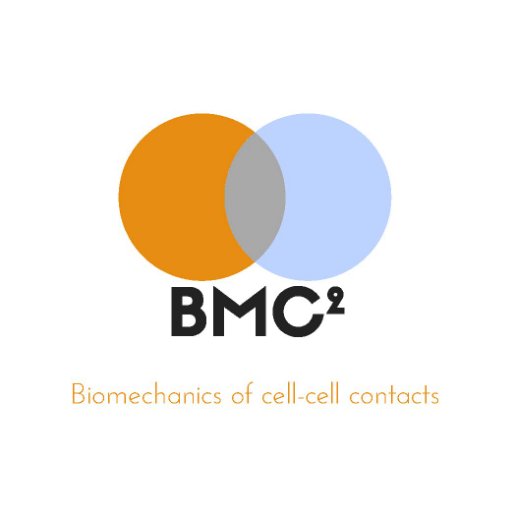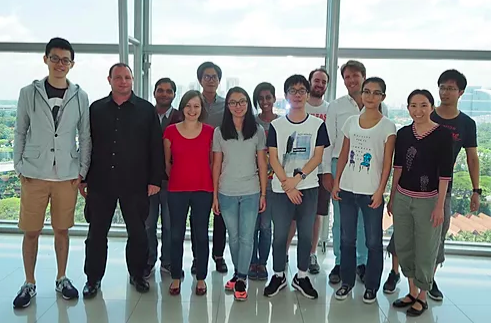IRL BMC²
International Research Laboratory between France and Singapore in Mechanobiology, Imaging and BiophysicsIRL BMC²
Creation date: 2014
Contact:
Pr. Virgile Viasnoff
Virgile.viasnoff(at)escpi.fr

IRL BMC²
Website




Introduction
The International Research Laboratory BMC² Biomechanics of Cell-Cell Contacts is part of the Mechanobiology institute of Singapore. It is one of the 75 IRL developed by the CNRS with strategic partners across the world and one of the 5 IRL in Singapore. It is directed by Virgile Viasnoff who funded it in 2014. It is composed of about 15 peoples including Postdocs. PhD students and Research assistant. It benefits and contributes to the unique setting of the institute to bring together very interdisciplinary researchers ( biology, physics, optic computing, material science) to study mechanobiology ie the role of mechanics in Biology.
In ten years we built numerous collaboration locally and world wide with the support of France (ANR) and Singapore alike (NRF).
Mission and research themes
Mission: To push mechanobiology of cell junction to another understanding level with the development of new imaging techniques, new biophysical understanding and commercial product development. We aim at fostering the best of both countries in the filed.
Research directions: Epithelial cell cell contact, Liver development, new imaging HCS platform, artificial microniches, Technologies for Organoids
MAIN projects of research
Technology driven:
1- Membwell: a new approach to control microenvironement from the cellular to the organoid level. Achievements: a platform that can create up to 600 diffefrent types of environments,
2- SoSPIM: A new approach to perform light sheet microscopy by embedding micromirrors in the cell culture dish.
Achievement: a High content screening platform for Orgnaoids with 3D imaging of 100 orgnaoids in 10 minutes.
Biophysics:
- Biophysics of cell-cell contact: we aim at understanding the role of the physical properties of cell cell junction in its adhesion strength using all sorts of techniques.
Constructing a liver one cell at a time. Inducing liver function with a minimal number of cells, control bile production in artificial livers.
laboratories involved
Related projects
- CALIPSO: Computer Assisted Live Imaging for Predictive Screening of Organoids.
A three-year INTRA-CREATE project on “Intersection of Engineering and Health”. The objective is to develop a new generation of high content screening platform for simultaneous 3D live imaging of more than 1,000 organoids.
Learn more about it on the CNRS@CREATE website here.

